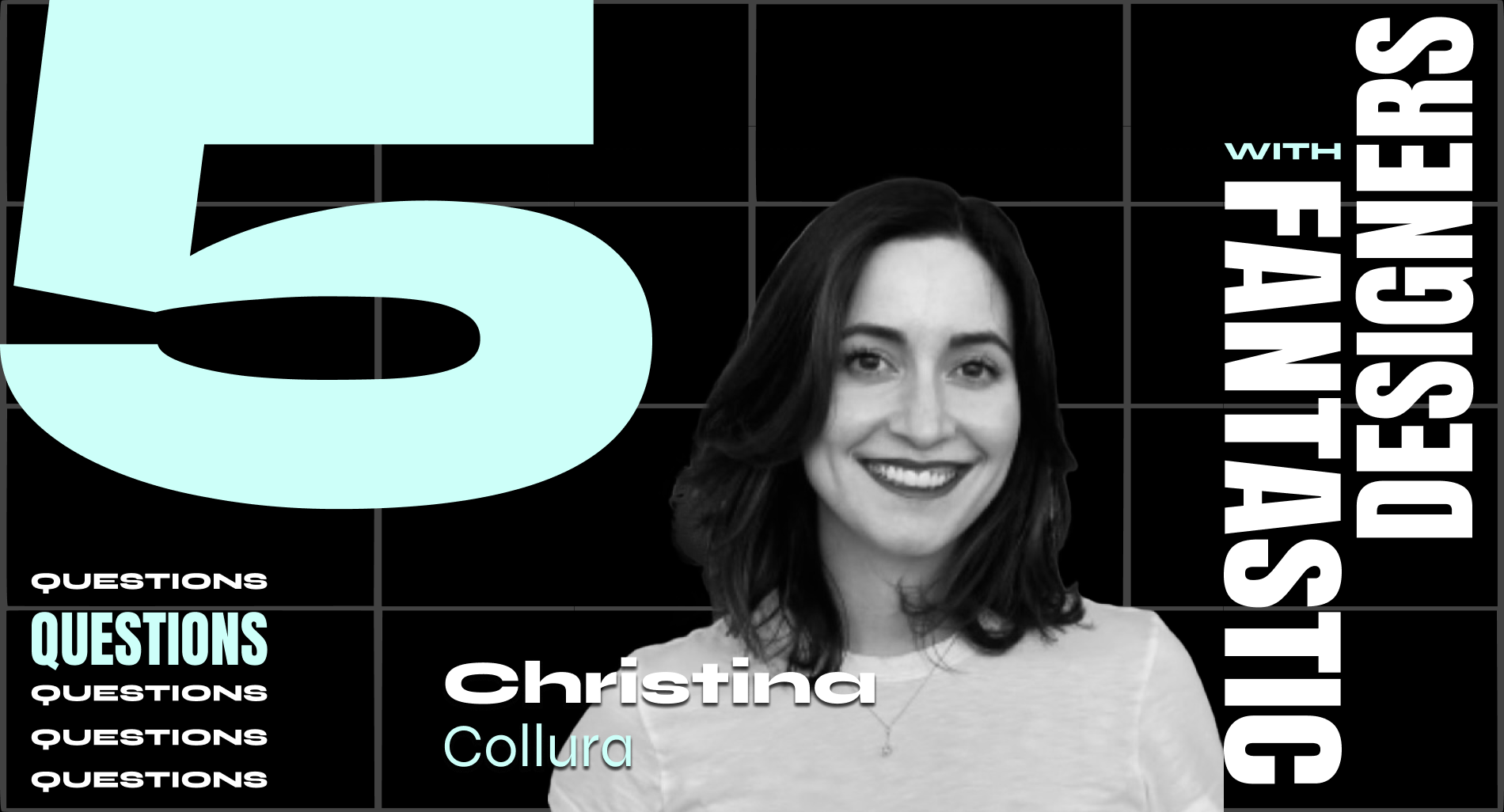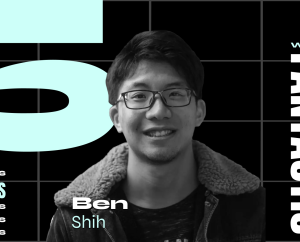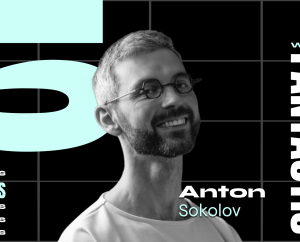Christina, a Senior Product Designer at Too Good To Go, helped design the app for the world’s largest surplus food marketplace. This award-winning app isn’t just about rescuing food – it’s about reimagining our relationship with food. She’s part of the consumer engagement team, crafting ways to connect with users and make saving the planet feel like a reward.
Her toolkit? A mix of UX/UI, service design, and UX research. But her true jam is 0 to 1 product design, where she thrives on cross-team collaboration to create real impact.
Christina draws inspiration from underdogs, risk-takers, and storytellers. She’s got a soft spot for future-gazing, always with one eye on what’s next.
When she’s not in problem-solving mode, you might catch her on walks with Stanley Tucci – her four-legged friend, not the charismatic actor (though she wouldn’t say no to that either).
A self-confessed sci-fi junkie, she recently devoured Blake Crouch’s mind-bending Recursion. Her door is always open for new sci-fi book recs!
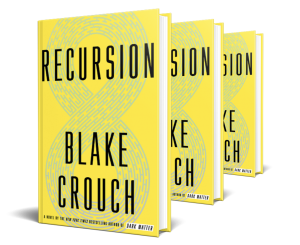
1. What design trends do you think will take off this year and more in the future?
I have hope that interpersonal skills, self-awareness, and EQ will garner more attention, become a trend, and help mature design across practitioners and their stakeholders…
But, what is actually trending now is AI. It’s dominating conversations across industries, from digital design to marketing and finance. Companies are racing to integrate AI, while designers scramble to keep up. My inbox is a testament to this trend, overflowing with AI course offers.
I’ve started turning to ChatGPT for quick answers, replacing my habitual Google searches. It’s particularly useful for transforming random Too Good To Go surprise bag ingredients into actual meals. This AI-assisted culinary adventure has led to some unexpected wins, like a surprisingly delicious spicy duck recipe.
Figma’s Jambot has streamlined my workshop planning. I input the basics, and it generates a solid framework that I can refine. It even summarizes sticky notes, sparing me from post-workshop analysis paralysis.

For UX writing, Claude has become vital. It’s a valuable asset for teams without a dedicated content designer, non-native English speakers, or those of us who tend to be a bit long-winded. But, despite all the ways that I’m utilizing AI to streamline my processes, some aspects of this technology are a bit disconcerting.
Procreate’s stance against generative AI, labeling it as “theft,” raises important questions about creativity and ownership. Their position highlights the need for our legal framework to catch up with AI’s rapid advancement. Google’s Pixel 9 phone and its “Reimagine” tool push the boundaries of photo manipulation, creating images so lifelike they challenge our perception of reality. This technology’s implications are equal parts fascinating and unsettling.
As someone who appreciates AI’s benefits but is definitely wary of its potential downsides, I’m watching how this field evolves…closely. Ultimately, the responsibility falls on us, the AI-users, to wield these powerful tools ethically and mindfully.
2. When it comes to making design and the design industry more diverse, equal, and inclusive, what changes are needed or would you like to see?

By now, most people are aware that the benefits of diverse teams are well-documented, but creative industries still struggle with hiring and fostering equality in the workplace. It’s like we’re great at window shopping for diversity but fumble at the checkout.
I’ve been fortunate in my career to work both in the US and the EU. This experience has shown me that diversity isn’t a one-size-fits-all concept. In the US, it’s a broad spectrum including race, gender, background, and, more recently, neurodivergence. In the EU, it’s my observation that it often narrows to ethnic differences or gender representation. It seems some countries are less intentional about embracing broader aspects of diversity. And, even companies genuinely striving for diversity often fall short. While individual contributors might represent a rainbow, leadership often remains a monochrome affair.
One of my design values is working with diverse teams. Not just because our differences lead to stronger problem-solving, but because exposure to diverse perspectives makes us more empathetic humans. It’s like a gym membership for our social consciousness.
My key takeaway? The concept of diversity is varied based on where you are in the world. We need a clear, universal definition and a roadmap for implementing it at all levels. We also need a better global vocabulary to discuss these issues – because right now, it feels like we’re all speaking different languages when it comes to diversity.
3. What are 2 things you were not taught in school (if you were formally trained in design) that you wished you had been taught?
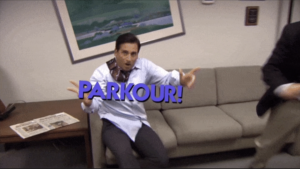
Two things I learned a little about in design school, but wished I’d been able to fully grasp —
1. Working in product teams:
Hypothesizing about working on a product team is one thing; actually doing it is another thing entirely.
Our Engineering Lead is passionate about process, often setting the pace for our team’s ways of working. The role of Product Analyst wasn’t even on my radar in design school, but now, I understand how their work complements my qualitative findings with hard data, creating a fuller picture of user behavior.
I can’t overstate the value of having a sharp Product Manager. Their knack for prioritization and stakeholder management clears the path for my design work. Our team of six engineers is a unique group of problem-solving ninjas, from whom I learn daily. Collaboration with them goes beyond just design/dev handoffs. They make brainstorming feel like a mental parkour session, leading to more robust ideas.
2. Accessibility
We learned its importance in theory, and why businesses should care, but watching a visually impaired person use an app that I’ve helped design has been truly “eye-opening”. Diving into the nitty-gritty of accessibility, like creating screen reader annotations, has been an on-the-job education. It’s a topic I’m constantly learning more about. And, the more I’ve spoken to accessibility experts in our field, the more I realize that many people are self taught. So, if you’re an accessibility guru with mobile design expertise, I’d love to chat. My inbox is always open for a good accessibility discussion!
4. What are the biggest challenges you’ve had to face as a designer? Did you overcome them? How?
Working in tech means constantly encountering new software, ideas, and skills. Early in my career, I struggled to choose what to focus on because I wanted to learn everything – and I still do! I’m immersed in design inspiration daily, from countless podcasts and newsletters to a growing collection of design books. It can be overwhelming, but I’ve developed a strategy.
My approach? Focus on what I need to know right now. I’ve become adept at quickly gaining expertise in specific areas as needed. For example, when my team tackled a loyalty program, I intensively studied that topic, while putting other trending subjects like AI on hold. This method of targeted learning has made me more effective. As someone naturally curious, it takes discipline to focus only on immediate needs, but it’s proven successful.
The tech industry offers endless learning opportunities, which is both exciting and challenging. The key is to embrace new knowledge without feeling overwhelmed. It’s about balancing broad understanding with deeper expertise in select areas. In this field, the most valuable skill is knowing how to learn efficiently. By mastering this, you can stay adaptable and thrive in the ever-changing tech landscape.
5. Why do you think Design Matters?
How often do we witness the birth of an industry dedicated to serving others? Design, in its current form, is a relative newcomer to this noble pursuit, and, it’s a thrill to be part of it! We’re still in the process of defining ourselves, and that’s what makes it so exciting.
What really sets design apart is the unique bunch it attracts. I’ve never worked in a field with so many curious, creative, and thoughtful problem-solvers. Every day, I step into an environment filled with colleagues who inspire me. It’s like finding your community – these are my people!
“Design doesn’t need to be delightful for it to work, but that’s like saying food doesn’t need to be tasty to keep us alive.“
— Frank Chimero, The Shape of Design
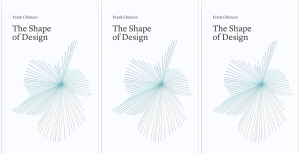
The beauty of design lies not just in its functionality, but in its ability to delight and surprise. We’re not just solving problems; we’re crafting experiences that resonate with the human spirit. And, there’s nothing quite like the thrill of creating something that makes someone’s life a little bit easier, a little more enjoyable, or maybe even a little more magical.
* * *
Do you want to hear more from Christina? She will give a talk at the digital design conference Design Matters 24. Connect with Christina on Instagram @chrismcollura Or LinkedIn https://www.linkedin.com/in/christinacollura/


